Have you ever watched your cat freeze in the doorway, tail flicking, as you proudly show off your freshly rearranged living room? It’s a sight both hilarious and oddly moving. Our feline friends are creatures of habit, and when their carefully mapped-out territory suddenly changes, their reactions can be nothing short of dramatic. If you’ve ever wondered what’s going on inside your cat’s mysterious, whiskered mind when you shuffle the furniture, prepare to be amazed. From sulking to sudden zoomies, the ways cats respond to a new layout might just surprise you—and even tug at your heartstrings.
Freeze Frame: The Startled Statue Stance

Cats are masters of observation, and when they notice something amiss in their environment, their first instinct is often to freeze. If you’ve moved the couch or shifted a bookshelf, you might see your cat stop mid-stride, eyes wide and body tense. This “statue stance” is like their way of hitting the pause button to process what’s changed. It’s both funny and a little bit sad—almost like watching someone walk into a room and forget why they went in. For cats, this pause is a moment to gather information and decide if the change is a threat or just a harmless new obstacle. Their stillness is a testament to just how connected they are to their territory, and it’s a reminder of their wild ancestry, where any change could spell danger.
Sniff-and-Scout Patrol

After the initial shock, most cats will drop into detective mode. They start sniffing every inch of the rearranged space, from the bottom of the new armchair to the top of the moved plant stand. Their noses twitch, whiskers quiver, and you might even see them rubbing their cheeks on the new arrangement as if to reclaim it. This sniff-and-scout patrol isn’t just curiosity—it’s a way for cats to re-establish their scent and make the space feel like their own again. They’re updating their mental map, one nose boop at a time. It’s almost as if your cat is saying, “Okay, human, you moved things, but I’m still the boss here.”
Shadowy Skulking and Stealthy Steps

Some cats become little shadows, slinking low to the ground and moving with extra caution around new layouts. You might spot your feline creeping along the wall, ears flat, as if on a secret spy mission. This skulking is a sign your cat feels a bit unsure or even threatened. They’re testing the waters, making sure the new setup is safe before they resume their usual confident strolls. It’s a clear display of their survival instincts—better to be careful than caught off guard. The dramatic tiptoe routine can be both comical and endearing, and it shows just how much your cat cares about feeling secure in their space.
Sudden Zoomies: The Wild Dash
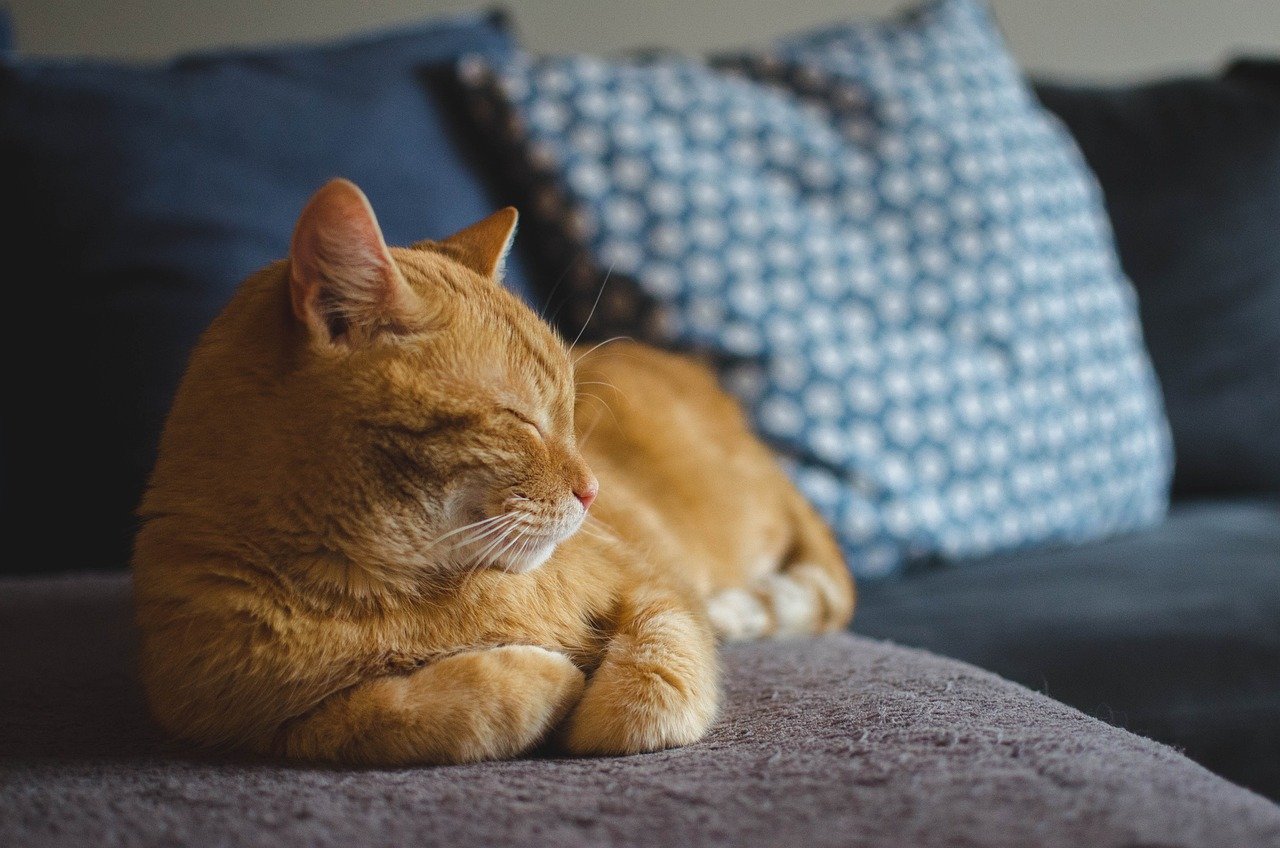
If you’ve ever seen your cat launch into a wild race around the room after you’ve moved things, you know the zoomies are real. This burst of frantic energy is often a mix of excitement, stress, and the need to re-explore their territory quickly. The new arrangement can act as a trigger, setting off a playful—or even slightly panicked—run. Watching your cat leap over the new coffee table or dart under the freshly moved sofa is equal parts hilarious and heartwarming. These zoomies help your cat burn off nervous energy and can even help them settle into the new layout faster.
Vocal Objections and Meows of Protest

Some cats are not shy about sharing their opinions—especially when it comes to changes in their home. You might hear a chorus of meows, chirps, or even the occasional growl after a big rearrangement. These vocalizations are your cat’s way of expressing confusion, frustration, or just plain annoyance. It’s almost as if they’re saying, “Excuse me, who authorized this?!” The meows may be persistent until your cat feels comfortable again, and it’s a clear sign that your furry friend has feelings about their environment. Listening and responding gently can help soothe their nerves.
Hide-and-Seek: Disappearing Acts
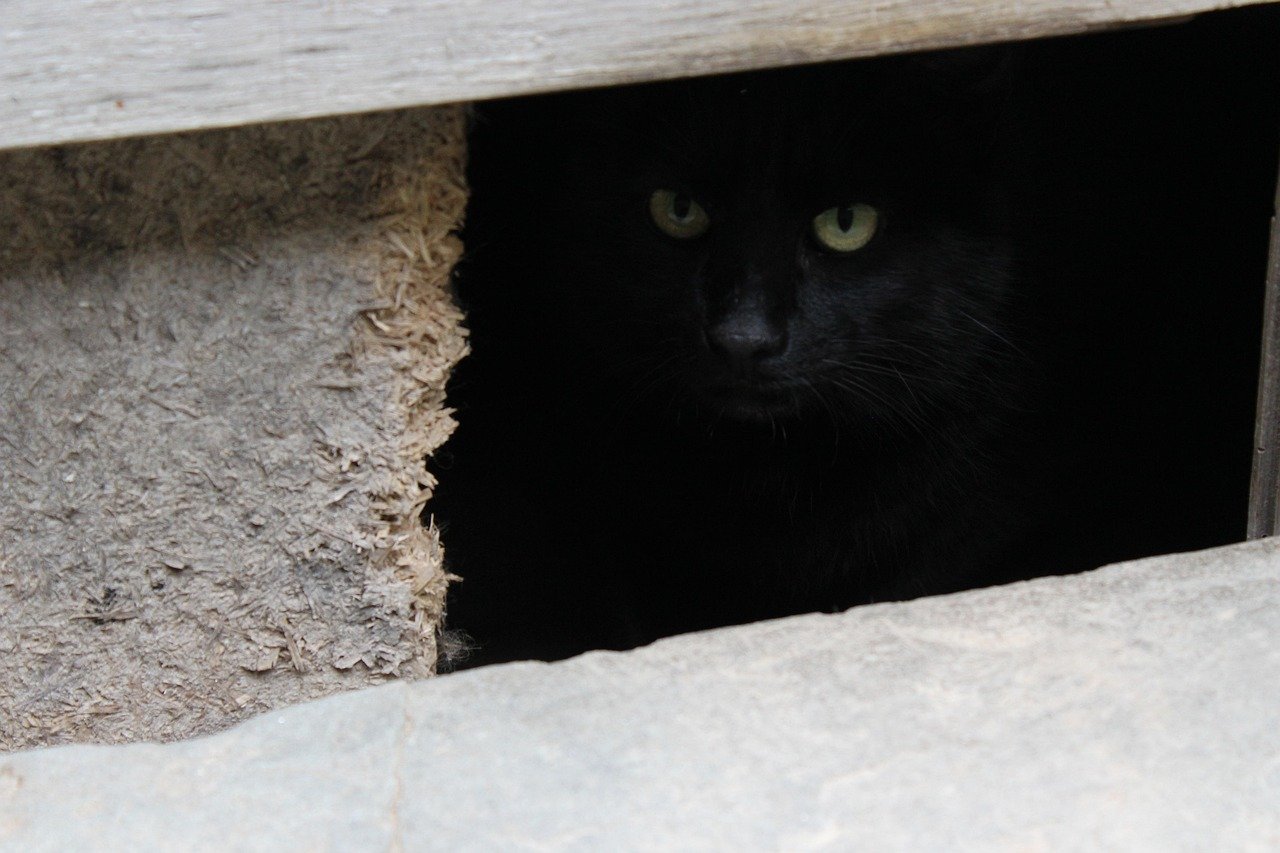
When faced with major changes, some cats channel their inner ninja and vanish. They might retreat under the bed, behind the washing machine, or into any dark nook they can squeeze into. This disappearing act is a way to cope with stress or uncertainty. It can feel a bit worrying as a pet parent to see your confident cat suddenly hiding, but it’s a normal reaction. Hiding gives your cat time to process the new setup in peace. Letting them come out at their own pace is the best way to help them feel safe again.
Height-Seeking: Climbing to New Vantage Points
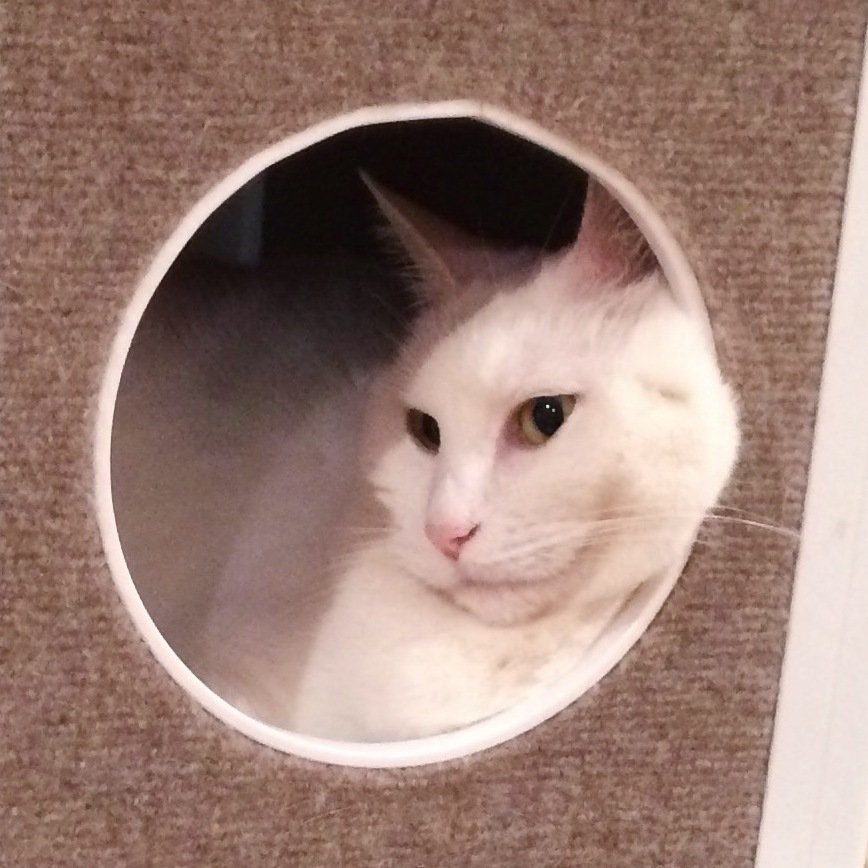
A rearranged room often prompts cats to climb up high, searching for a new lookout spot. Whether it’s the top of a bookcase, a shelf, or even the back of a chair, cats love surveying their territory from above. This behavior is rooted in their wild instincts—being high up means being safe and having a better view of any potential threats. After a room shuffle, your cat might spend extra time perched in unusual places, watching everything with wide eyes. It’s their way of regaining control and confidence in the changed space.
Reclaiming Territory: Scent Marking and Rubbing

Cats are all about scent, and when their territory changes, they often jump into action to make it smell like home again. You’ll notice extra rubbing against furniture, door frames, and even your legs. This isn’t just affection—it’s strategic scent marking. Cats have glands on their cheeks and forehead that leave behind their unique scent signature. By rubbing, they’re saying, “This is my place.” It’s their gentle way of reclaiming ownership and re-establishing comfort in the altered environment.
Obsessive Scratching: Furniture and More

Sometimes, a change in the room layout will trigger a flurry of scratching. Your cat might suddenly become very interested in the new spot of the scratching post or, unfortunately, the arm of the newly moved sofa. Scratching is both a physical and emotional outlet for cats—it helps them stretch, sharpen claws, and, importantly, spread their scent. If your cat seems obsessed with scratching after a rearrangement, it’s a sign they’re working hard to make the space feel familiar again. Providing extra scratching options can help channel this energy and save your furniture.
Playful Curiosity: Investigating Every Corner

Not all reactions to rearranged spaces are anxious—some cats turn into playful explorers. The new setup can spark a sense of adventure, with your cat poking their nose into every corner, batting at new shadows, and even inventing new games. You might find your cat climbing inside empty boxes or chasing imaginary prey around the new furniture layout. This playful curiosity is a great sign that your cat feels confident and is embracing the change as an exciting challenge. It’s a joy to watch and reminds us how adaptable cats can be.
Clinginess and Seeking Comfort
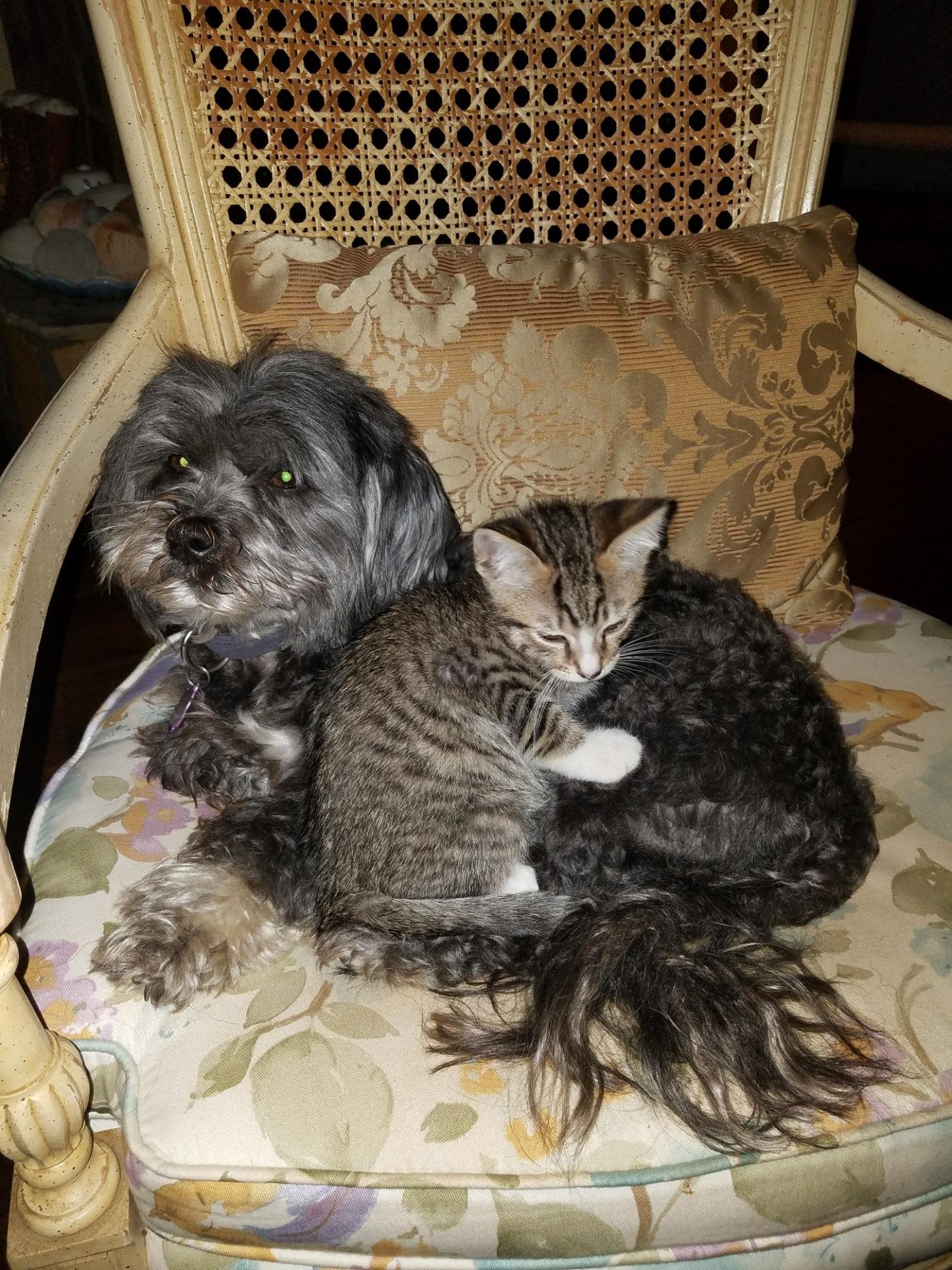
For some cats, change means sticking even closer to their favorite humans. After a room reshuffle, your feline might follow you from room to room, meowing for attention or curling up on your lap more than usual. This clinginess is their way of seeking reassurance and comfort. It’s a touching reminder that, beneath their independent exterior, cats often look to us for security. Offering extra cuddles and gentle words can help ease their transition and build an even stronger bond.
Food Fussiness: Eating Less (or More)

A surprising effect of rearranged spaces is changes in eating habits. Some cats become pickier, eating less or avoiding their food bowl if it’s been moved. Others might eat more as a way of coping with stress. If your cat’s food station has shifted, it can take time for them to accept the new location. Food fussiness is a subtle sign that your cat is adjusting to the changed environment. Keeping their food and water in a familiar spot, if possible, can help maintain their routine.
Litter Box Reluctance

Moving the litter box during a room makeover can lead to some unexpected resistance. Cats are creatures of habit, and a new box location might confuse or even upset them. Some cats may avoid the litter box altogether or have accidents in protest. This reluctance isn’t just stubbornness—it’s a real sign of emotional stress. Reassuring your cat by keeping the box in a quiet, accessible spot and maintaining a clean routine can help smooth the transition.
Staring Contests with New Arrangements

Don’t be surprised if you catch your cat sitting and staring intently at a newly moved piece of furniture. This behavior is both funny and a little mystical, as if your cat is trying to will the object back to its old location. The prolonged stare is their way of studying the change and deciding how to react. It’s almost like watching someone try to solve a puzzle—cats are making sense of their altered landscape one stare at a time.
Increased Grooming Sessions
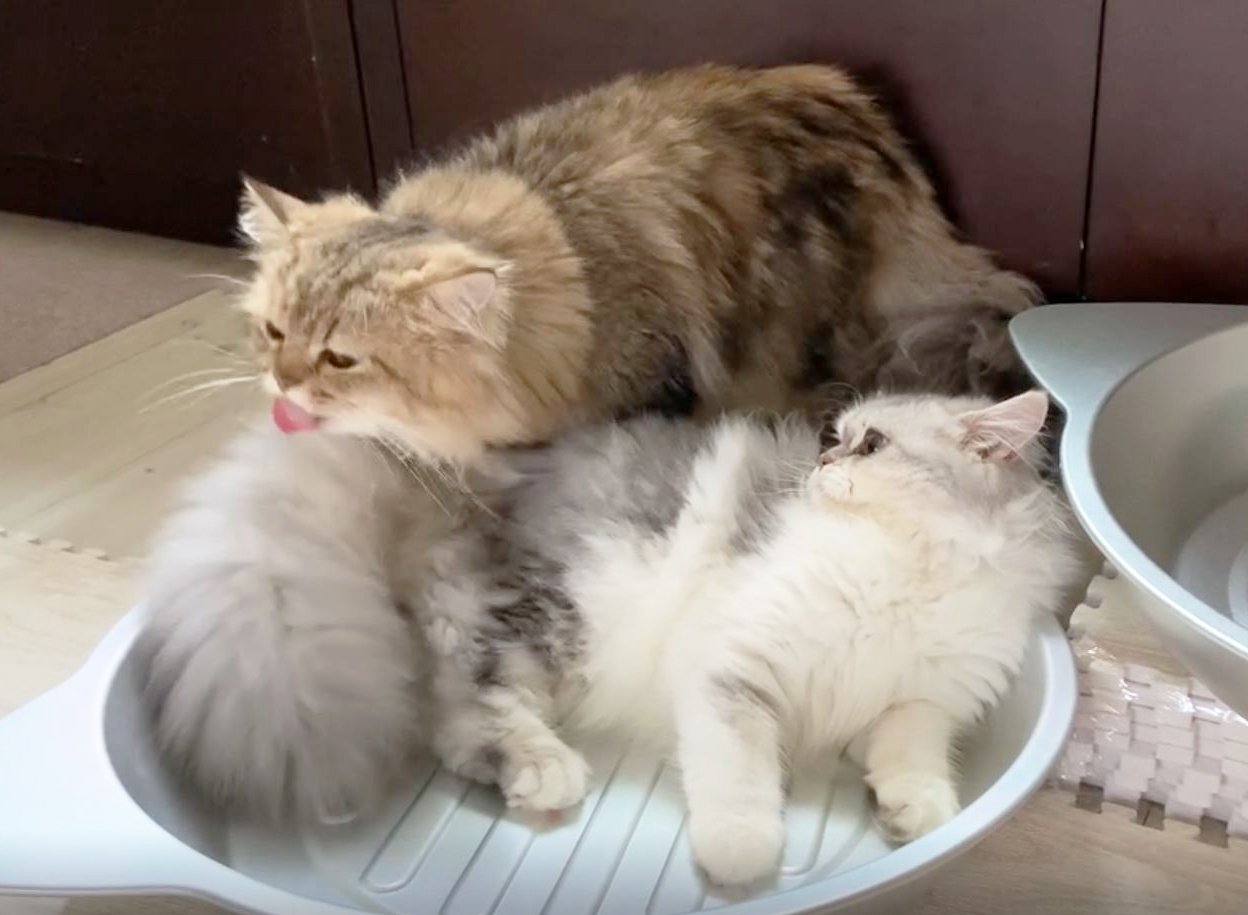
After a big change, some cats will dive into long, intense grooming sessions. This self-soothing behavior helps them cope with anxiety and regain a sense of control. Grooming releases endorphins, which can calm nerves and restore balance. If your cat starts grooming more than usual after a rearrangement, it’s their natural way of self-care. While it’s usually nothing to worry about, excessive grooming can signal deeper stress, so keeping an eye on their habits is wise.
Nighttime Restlessness

A new room layout can throw off your cat’s nighttime routine. You might hear extra pitter-patter or yowling after dark as your cat tries to reorient themselves in the changed space. This restlessness is part curiosity, part uncertainty, and it can take a few nights for things to settle down. Providing extra comfort—like a familiar blanket or your old shirt—can help your cat feel more at ease during this adjustment period.
Guarding Favorite Spots
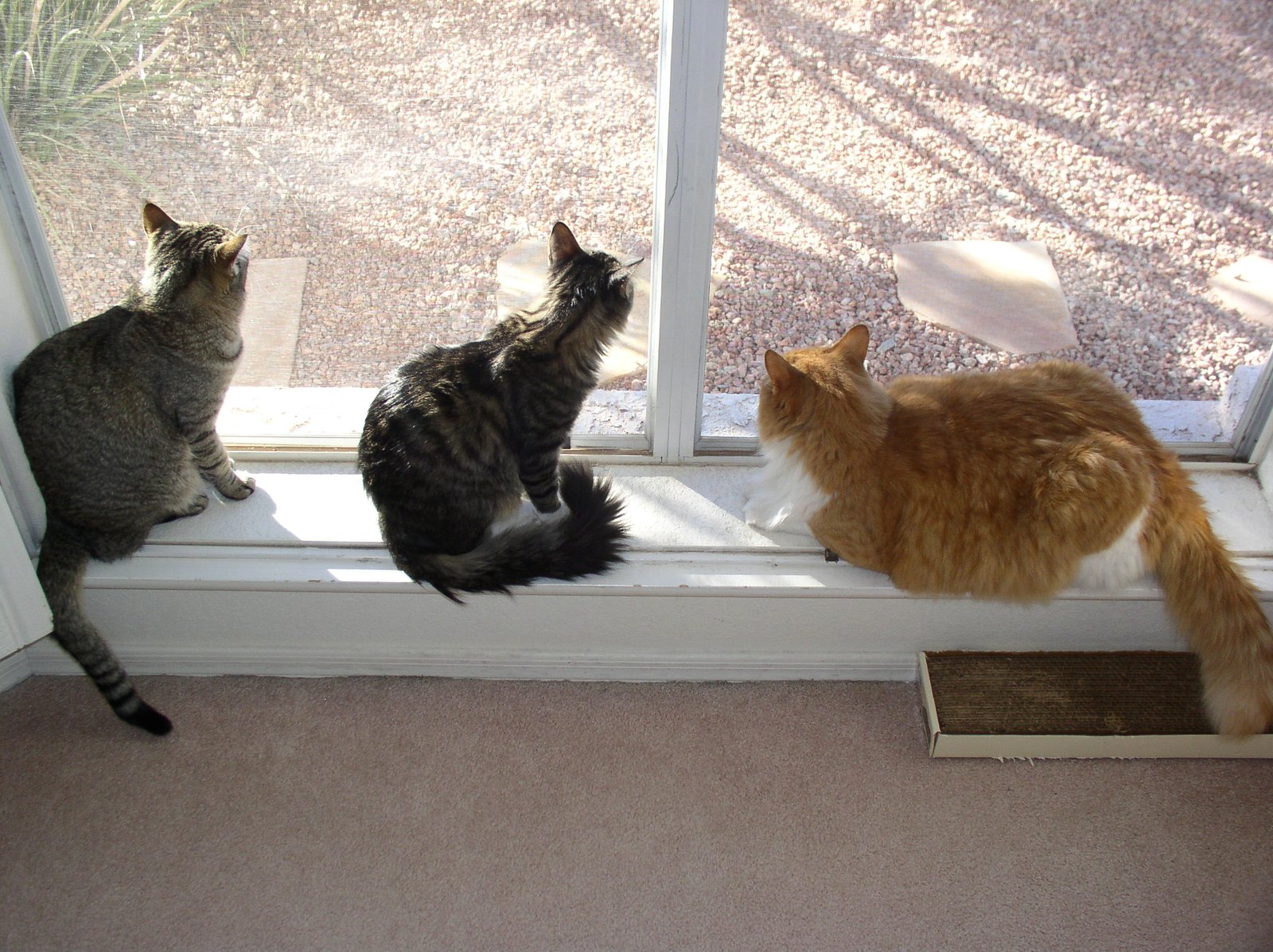
If your cat had a favorite window perch or sunny patch on the rug, you might notice them guarding these areas even more fiercely after a rearrangement. They could spend more time there, nap longer, or even hiss at other pets who approach. This territorial guarding is your cat’s way of holding onto the familiar in the midst of change. It’s a powerful reminder of how much these little routines and spaces mean to our pets.
Hunting Instincts Awakened
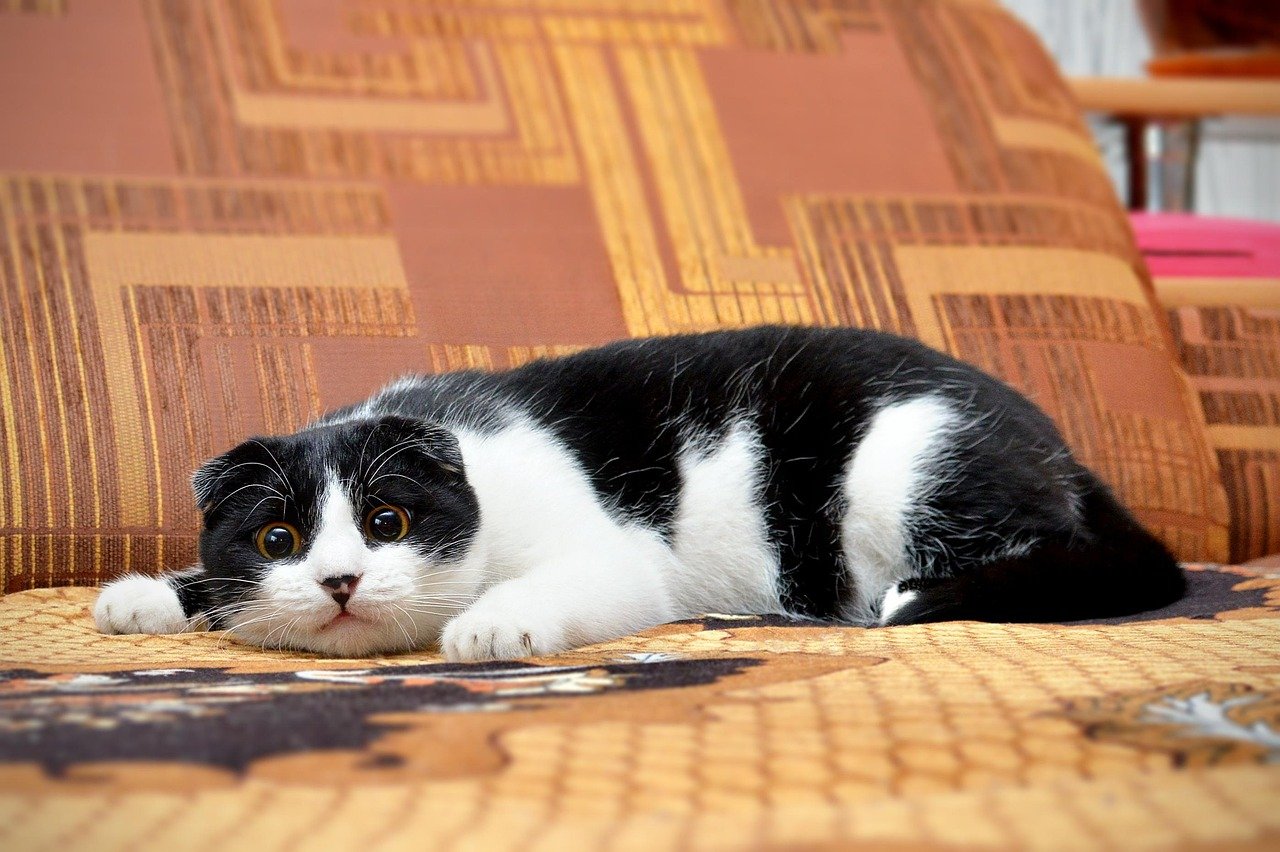
A fresh room layout can spark your cat’s inner hunter. New nooks and crannies mean new “prey” to stalk—even if it’s just a dust bunny under the couch. You might see your cat crouch and pounce at invisible targets or go on little “patrols” around the room. This playful hunting is both a stress-reliever and a way for your cat to assert control over their domain. It’s a fascinating glimpse into their wild side.
Testing Boundaries: Naughty Behavior

Sometimes, a rearranged space leads to mischief. Your cat might jump onto forbidden surfaces, knock over new decorations, or scratch where they shouldn’t. This “testing boundaries” phase is your cat’s way of figuring out the new rules of the room. It’s a bit like a kid pushing limits to see what they can get away with. Staying patient, redirecting their energy, and reinforcing positive behaviors can help your cat settle back into a happy routine.
Miraculous Adaptation: Settling In Over Time

What’s truly surprising is how quickly most cats adapt to change. After all the drama—freezing, hiding, zooming, and complaining—they almost always find their groove again. One day you’ll look up and see your cat stretched out, purring in a new favorite spot, as if nothing had ever changed. This resilience is one of the most inspiring things about our feline companions. They remind us that, with a little patience and a lot of love, even the most sensitive souls can find comfort again.
Unexpected Bonding Moments
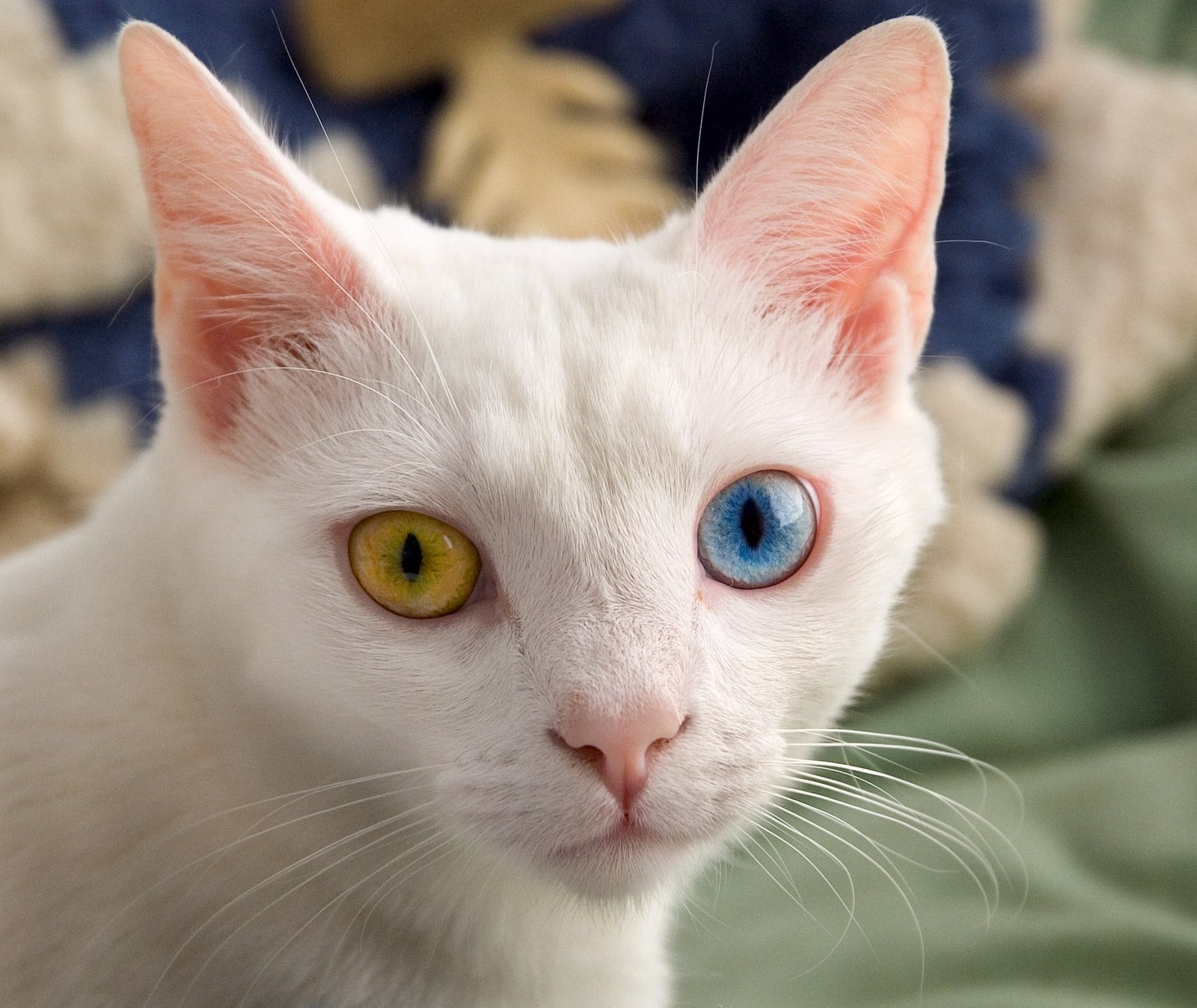
Sometimes, a simple change in the room leads to deeper connections. Maybe your cat starts sleeping closer to you, or you discover a new game you can enjoy together in the fresh space. Rearranging your home can be the start of new routines and shared memories. It’s a reminder that, while cats may be creatures of habit, they’re also full of surprises—and their emotional reactions to change can bring you even closer together.
Hi, I’m Bola, a passionate writer and creative strategist with a knack for crafting compelling content that educates, inspires, and connects. Over the years, I’ve honed my skills across various writing fields, including content creation, copywriting, online course development, and video scriptwriting.
When I’m not at my desk, you’ll find me exploring new ideas, reading books, or brainstorming creative ways to solve challenges. I believe that words have the power to transform, and I’m here to help you leverage that power for success.
Thanks for stopping by, Keep coming to this website to checkout new articles form me. You’d always love it!





